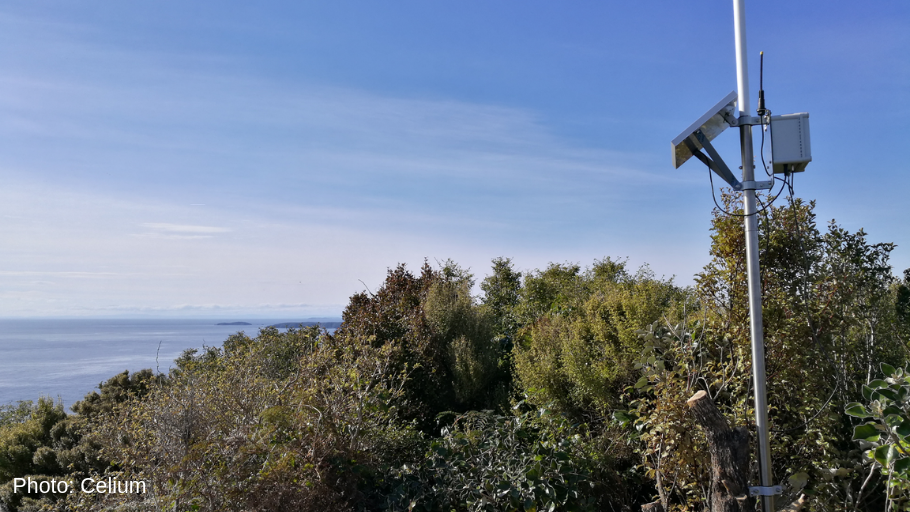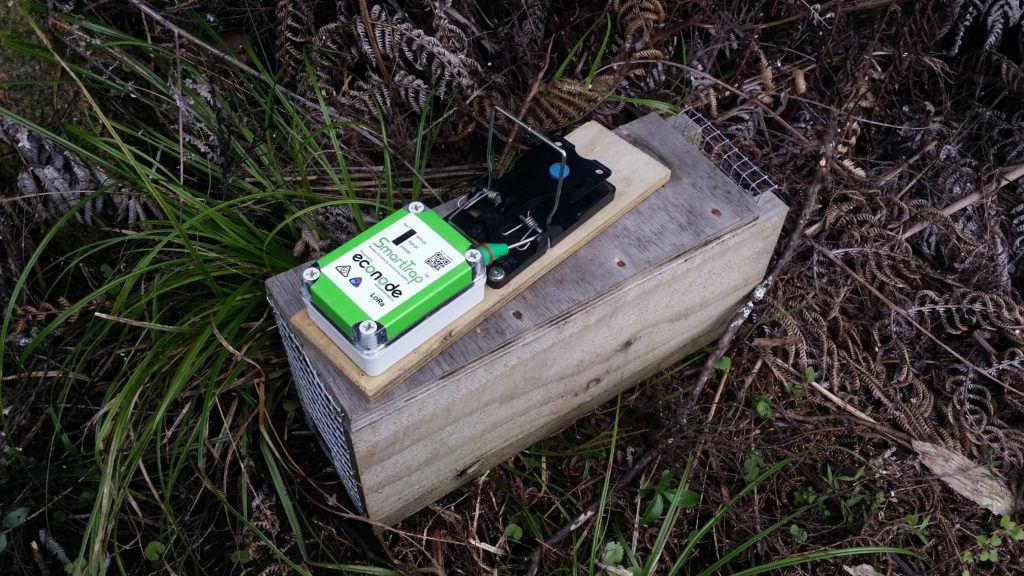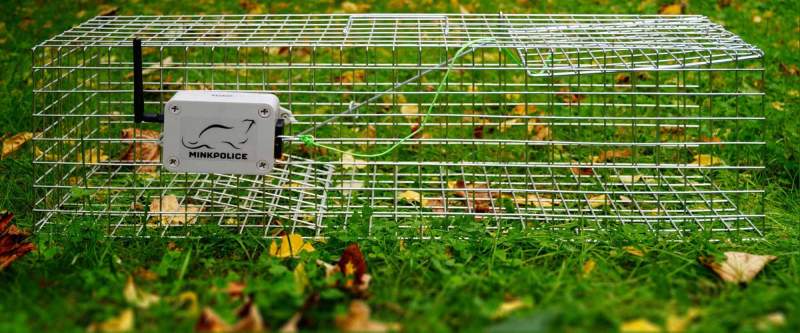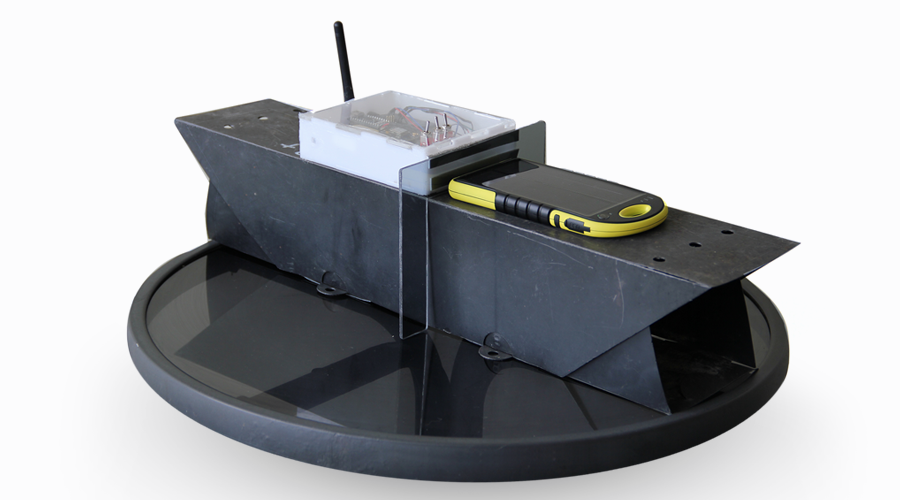ON THIS PAGE
Does your project require remote monitoring?
Remote monitoring can deliver significant savings to large-scale permanent trap networks.
It’s worth investing in remote monitoring equipment if your project is large in scale, you can invest in long-life bait, and your catch rate tends to be low.
Using remote monitoring with live-capture traps may increase cost-efficiency and also improve animal welfare. It must still meet the requirements of the Animal Welfare Act 1999; see the best practice guidelines from the Ministry for Primary Industries.
Remote monitoring products
There are several remote monitoring products available in New Zealand:
ZIP Outpost
Designed by ZIP (Zero Invasive Predators) and now available for purchase, the Outpost is an automated reporting system for field data from landscape-scale (i.e. 1,000 ha+) predator-free projects. The cost is POA – contact ZIP for more details.
Celium
Designed by Encounter Solutions, the Celium Platform uses sensors, called Nodes, attached to traps that transmit data to a central hub, then via satellite or cellular link to the Cloud to generate alerts. The system has been proven on a wide range of kill traps, live cages and traps, and self-resetting traps. Their free ‘Trap.Watch’ Android app and website can be used for keeping track of trap activities, and can also sync with other online data collection platforms such as Trap.nz.
Celium is used by the Rakiura/Stewart Island Mamaku Point environmental restoration project, by the Department of Conservation in Otago, and on the Chatham Islands.

Econode SmartTrap
The Econode SmartTrap is based on a sensor node trap attachment linking to a central hub using their LoRAWan IoT (low-power, wide-area) network. These nodes are powered by 4 AA batteries and can be used on a range of traps including the DOC 200, DOC 250, Trapinator, live capture cage traps, and GoodNature A24. If necessary, they will also fit to other traps with mounting kits.

In addition to collecting information on whether the trap has been sprung, the node can also collect information on temperature and weather. The SmartTrap links to an ArcGIS online map and can integrate with various other online data systems. A minimum of 10 nodes is required per order.
Econode SmartTraps have been used by the Kapiti Coast Biodiversity Project and the Glen Fern Sanctuary on Great Barrier Island.
MinkPolice
The MinkPolice trap monitor can be attached to any type of trap where a mechanical movement is involved. These monitors send updates on trap activity via a free smartphone app through the 2G, 3G, and 4G mobile networks. An antenna can be used to provide network coverage where mobile phones may not get reception. The trap monitors are powered by 4 AA Lithium batteries.

Further research into remote monitoring
There are other organisations exploring the potential of remote monitoring in New Zealand.
Trap Minder

This system uses remote sensors to automatically capture and send real-time information on traps, gates and fences. Trap Minder’s inventor, Gian Badraun, won WWF’s Conservation Innovation Award in 2014. The Trap Minder unit is powered by solar energy and, as well as capturing data on rodent activity, it can collect climate data. Trap Minder is currently not available commercially.

